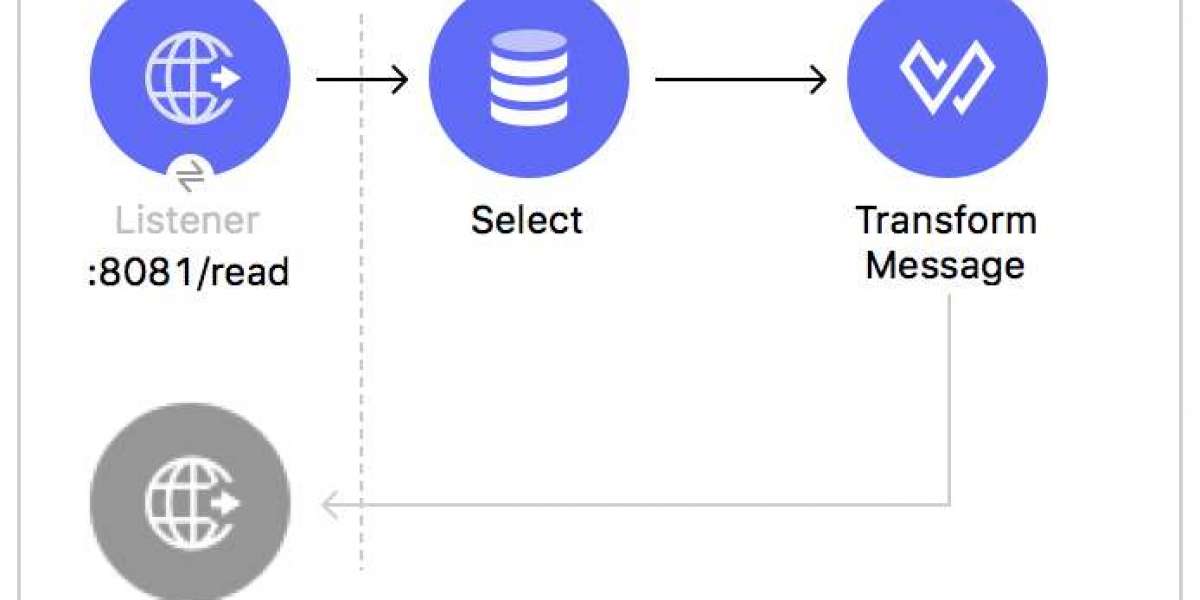Google's BigQuery is a robust online service designed for the interactive analysis of large datasets, seamlessly integrated with Google Storage. When creating new connections to transfer data to and from BigQuery, the best practice is to utilize the native API. Alternatively, users can employ standard SQL dialect, which BigQuery supports. To aid in this process, Google provides ODBC/JDBC drivers that allow users to connect to BigQuery. While these drivers only reveal a portion of BigQuery's extensive features, they offer a simple way to engage with the data. By integrating these drivers with MuleSoft, we streamline the experience for users by offering connectors that eliminate the need for complex coding. Using the Database connector alongside the JDBC drivers enables users to effortlessly select, insert, and update data in BigQuery.
This article presumes you have some familiarity with MuleSoft’s Anypoint Studio 7.x and the Database Connector. To illustrate how to use the Database connector with BigQuery, I have created a flow that you can easily replicate by dragging an HTTP Listener, the Select operation for the Database component, and the Transform Message component.

The HTTP Listener is set up to listen on port 8081. To start this flow, simply go to http://localhost:8081/read in your web browser. Below is a screenshot of the HTTP Listener configuration page.

The Transform Message component processes the response from the Database connector and returns the data in JSON format to the web browser.







